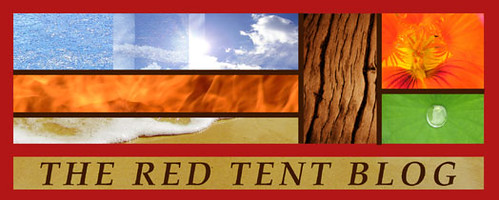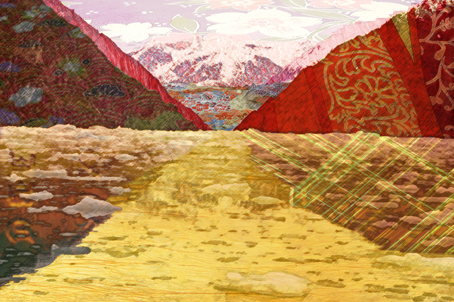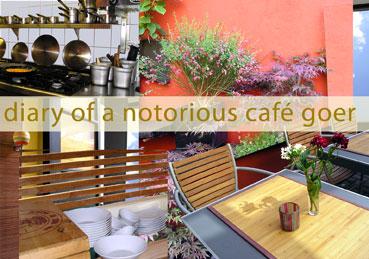Many years ago, nearly thirty years ago, I made a conscious decision to learn the art of cooking. I wanted cooking to be a part of in my day-to-day life: as a creative gesture, ritual, practice.
This decision initially stemmed from the sad experience of witnessing my grandmother try to starve herself, after she lost interest in life. She just did not see the sense in cooking a meal only for herself. She told me that she spent all of her adult life cooking for others. That was what cooking was for… for others. She stopped cooking then eventually she stopped eating. Nothing I said would convince her that she was worth cooking for. To this day, I do not know if her loss of interest in living caused her to stop cooking, or whether having stopped cooking she lost interest in living.
I was in my early twenties. Living alone some of the time. Sharing living quarters with other students the rest of the time. Cooking was just something we did to fill our stomaches. Eating did not hold any cultural, social, or artistic relevance. Drinking, smoking, dancing, studying, working, yes. Eating, no.
The experience of trying to understand my grandmother’s dilemma and then witnessing her detrition without the ability to help her alter her course, made me want to do differently in my life. I decided that no matter if I lived alone or with others, I’d always cook. And, I did the whole time I was single, which those of you who know me was a longlong time. No matter whether it was just for myself or for a group of people, I came home after work and made a nice meal.
When I was alone, I set the table, lit a candle, put on good music, and enjoyed my simple meal as best I could. Sometimes it was lovely, sometimes lonely. But, no matter what, it was my way of telling myself “you are worth it”.
Since having children, cooking has taken on a whole new meaning and importance.
When Nomad Son was a baby, I read an magazine article stating that babies didn’t have the necessary mechanisms to combat the adverse effects of environmental pollutants and chemicals in their foods. I will not go into details about the results of study cited in the article, but it very convincingly stated if you want to try and give your young baby a fighting chance to grow into a healthy and happy child, be conscientious about what your child eats.
So, for the first time in my life I started eating organic food, even though I was somewhat sceptical about integrity of the produce. Whatever it took to raise a healthy child, I was willing to give it a try.
Surprisingly, we found that, even though the organic food didn’t look so picture perfect, it tasted better than anything we ate from the mass grocery shops. So, we continue eating a lot of these produce even after our two babies grew into healthy and happy children.
In the last years, cooking our nightly meal has become one of my most creative contributions to my family’s wellbeing. We are all very much involved during the day in our individual pursuits; school, school, work and work. When I arrive home after work, Nomad Son and Nature Girl are often off to music lessons, gym classes, etc. Their extra curricular activities are varied, and sometimes I fear too many (this is some material for a later blog entry). When they and my dear Limpet finally arrive back into the secure nest of our home, a miasma of aimless disjointed unrest permeates our place.
The cure to this situation occurs the moment I start cutting up some fresh vegetables, putting on some Basmati rice to cook, or when I start sautéing some onions and garlic in a frying pan. I can literally feel how all the others breathe out the lingering trails of the day and settle into our comfy cosy family culture. Nearly every evening, one or the other of my family, comes in while I am cooking for a chat, or just briefly to touch base.
It is cutting food with sharp knives, mixing up different types of lettuce, hearing the sizzling sounds, setting the table, sharing a warm meal, looking at the mix of appealing wonderful colours, smelling and tasting many spices… it is all part of what makes cooking a creative art. Cooking, eating, sharing the daily going-ons over dinner, these more than anything else are what epitomises our family culture.
I am not a good cook, though I love to cook. I have never learnt to cook from cookbooks or recipes. Yet, I find blogs
(here) or blog entries (
here) concerning cooking fascinating. They do not necessarily motivate me to change my ways. But who knows, maybe one day I’ll take down and browse through any of the numerous cookbooks that sit tranquilly, completely unperturbed in the living room bookcase. What these passionate cooks do is make me think about the joys of cooking, and that is a lovely thing too.



